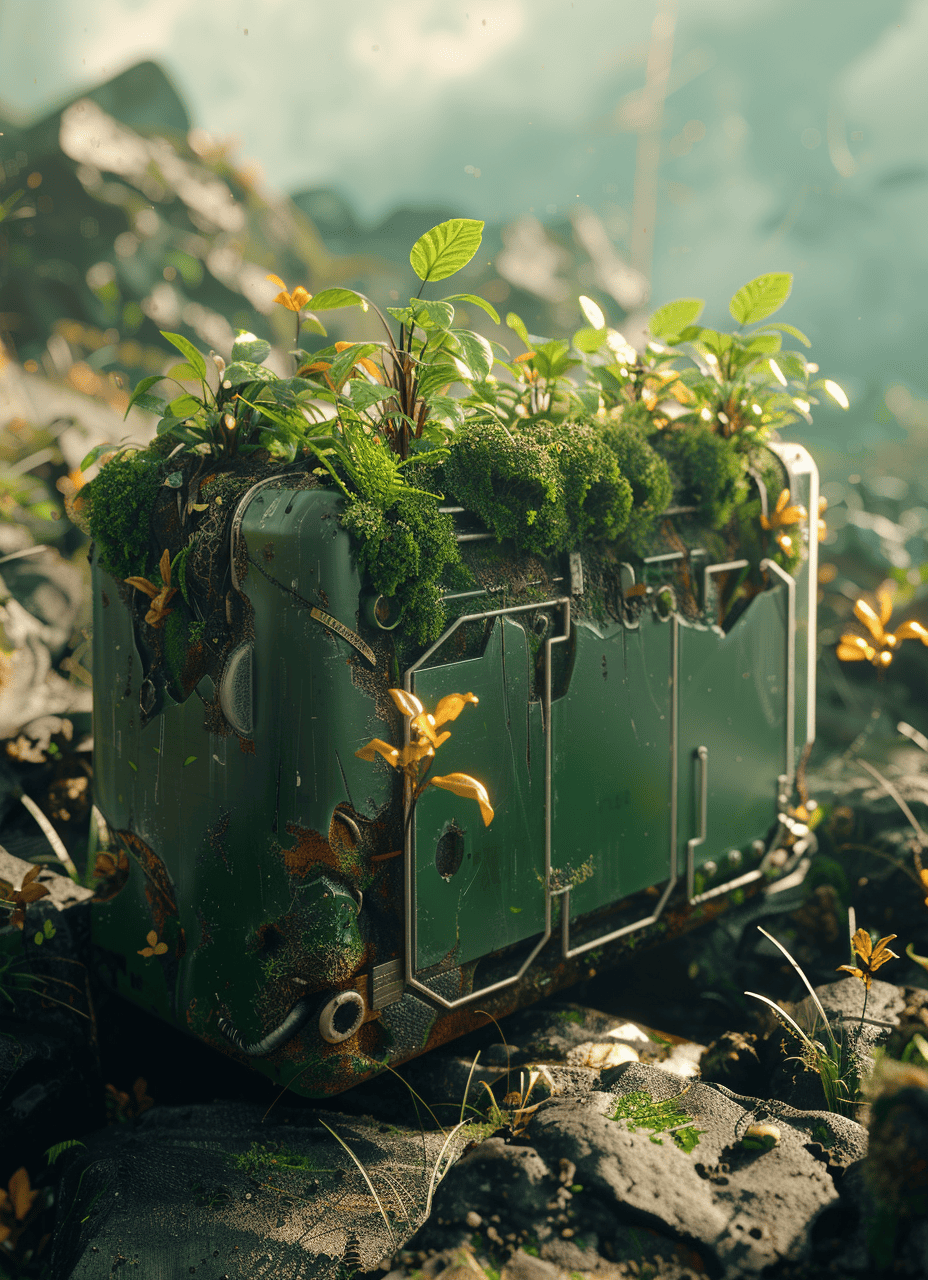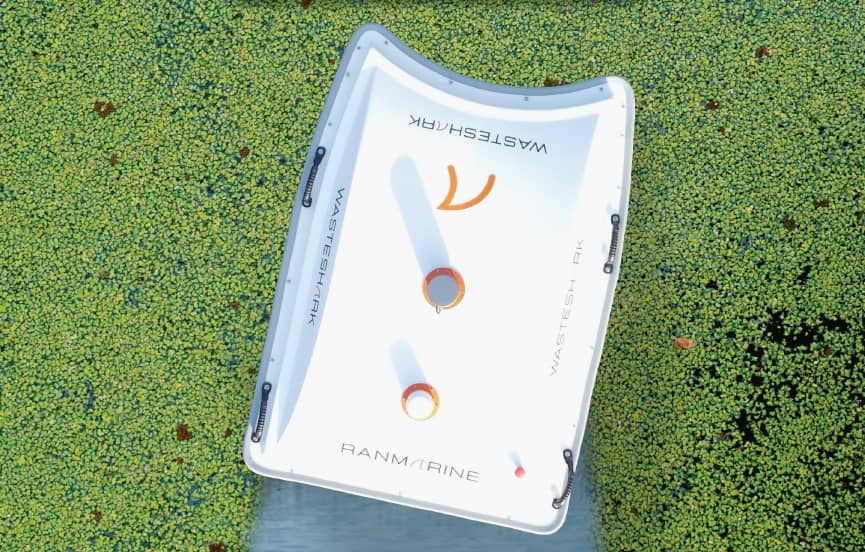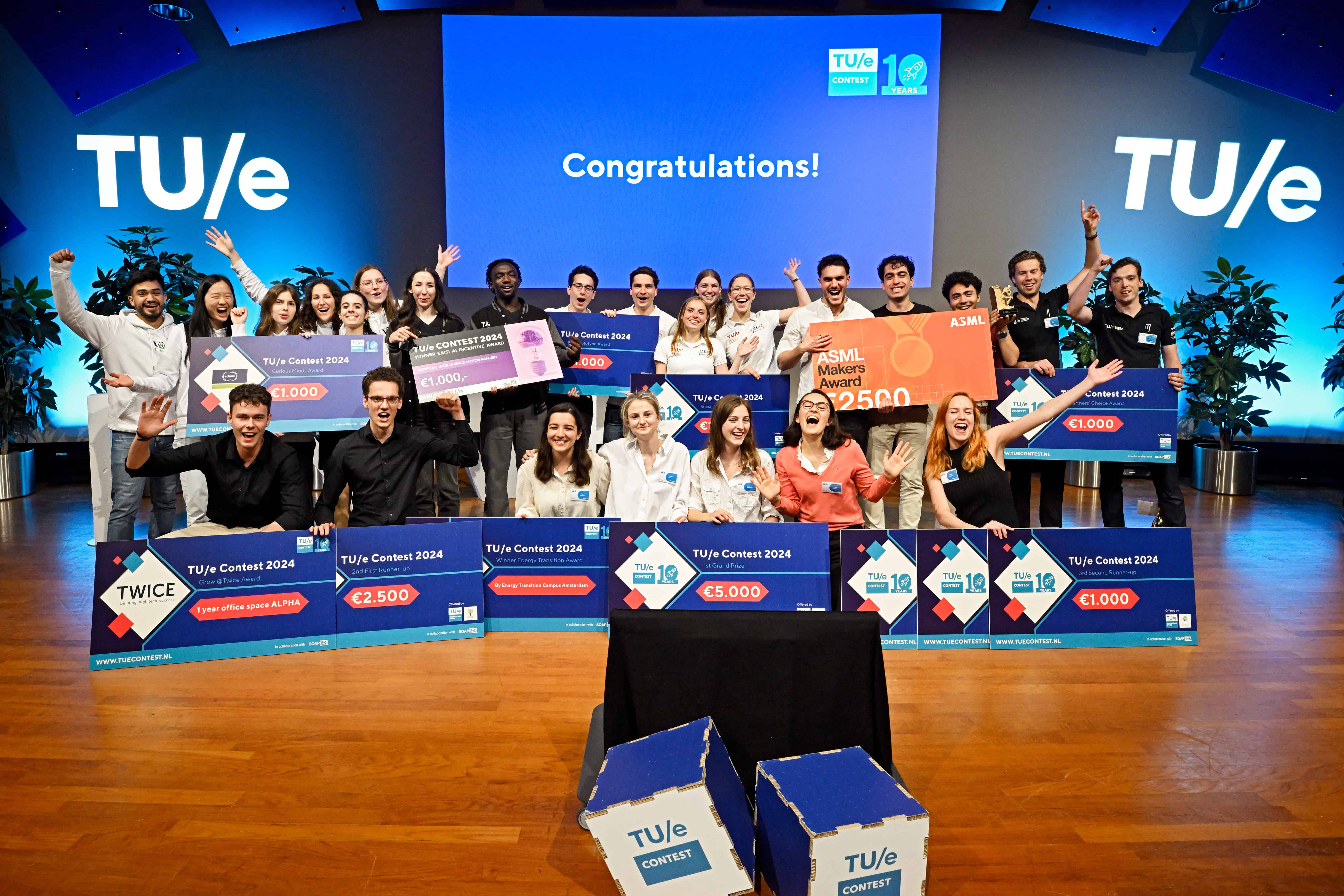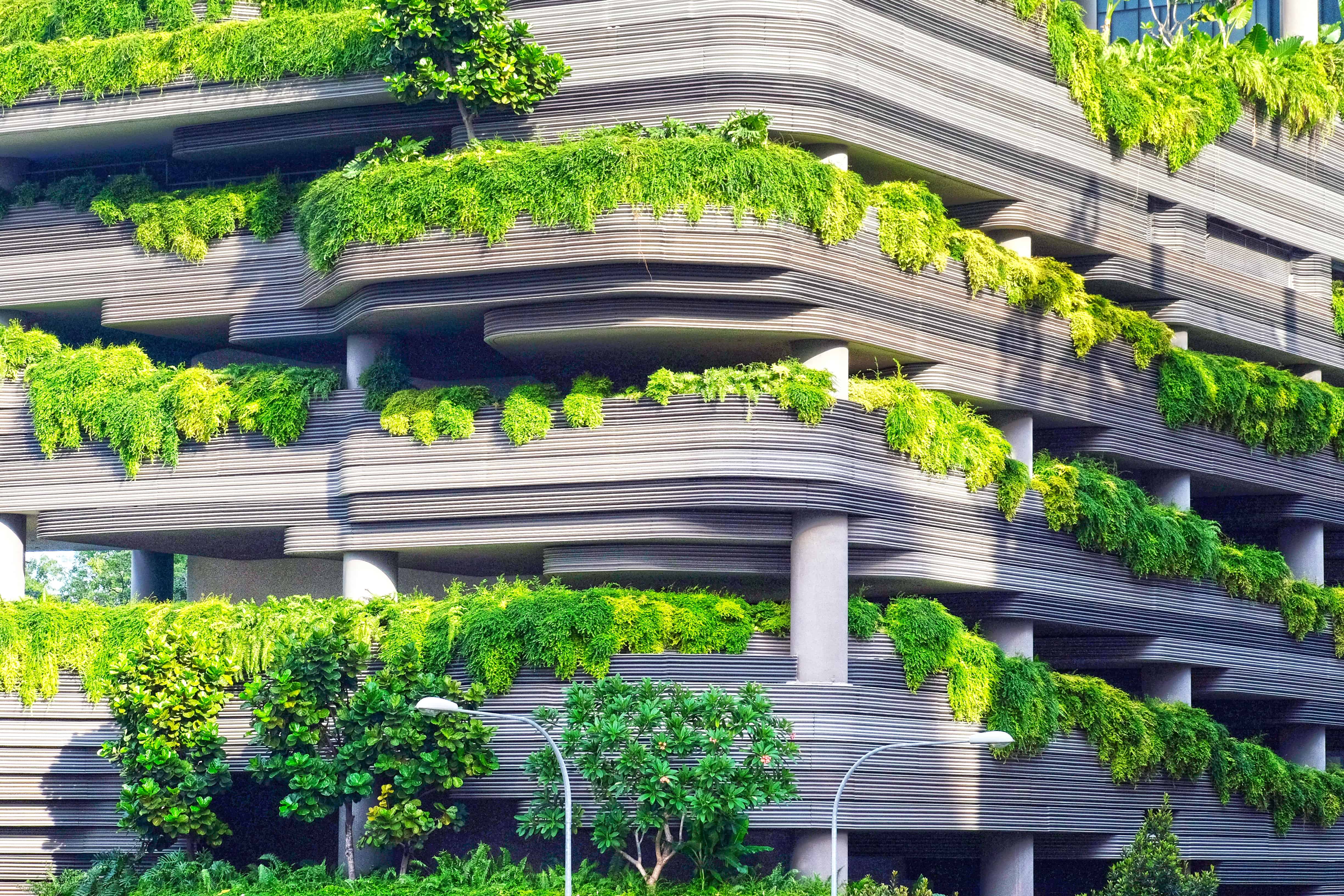
Whether it’s the climate crisis, biodiversity issues or social challenges, in the past couple of months, students from the Technical University of Eindhoven (TU/e) rolled up their sleeves amidst life’s pressing issues during the TU/e Contest. Innovation Origins spoke with two ambitious contenders: Voltalgae uses algae to power low-density IoT devices in greenhouses, and EDEN lends a helping hand in cultivating a slice of biodiversity right in your very own garden.
- During the TU/e contest, ambitious students develop cutting-edge projects for a the future.
- Team Voltalgae pioneers with ‘algae batteries,’ leveraging photosynthesis for sustainable energy storage.
- EDEN offers personalized plant selections and guidance to create biodiverse gardens, enhancing local wildlife support.
Promising algae batteries
Team Voltalgae wants to replace lithium-ion batteries with their sustainable ‘algae batteries’, tapping into the potential of photosynthesis to revolutionize energy storage. In time, these batteries could power IoT devices, for example in green houses. The students got second place in the category Planet of the TU/e contest.
Calderon spearheads the project alongside her teammates and came up with the idea. “Undoubtedly, lithium will be in high demand in the upcoming years, especially as IoT devices are expected to grow up to between thirty and fifty billion before 2025”, Calderon explains. “It’s crucial for us to think about how we can power these devices without depleting scarce lithium resources. Introducing innovative ways to energize IoT devices could help conserve lithium and reduce associated costs and CO2 emissions when transporting it to countries like France or the Netherlands.”
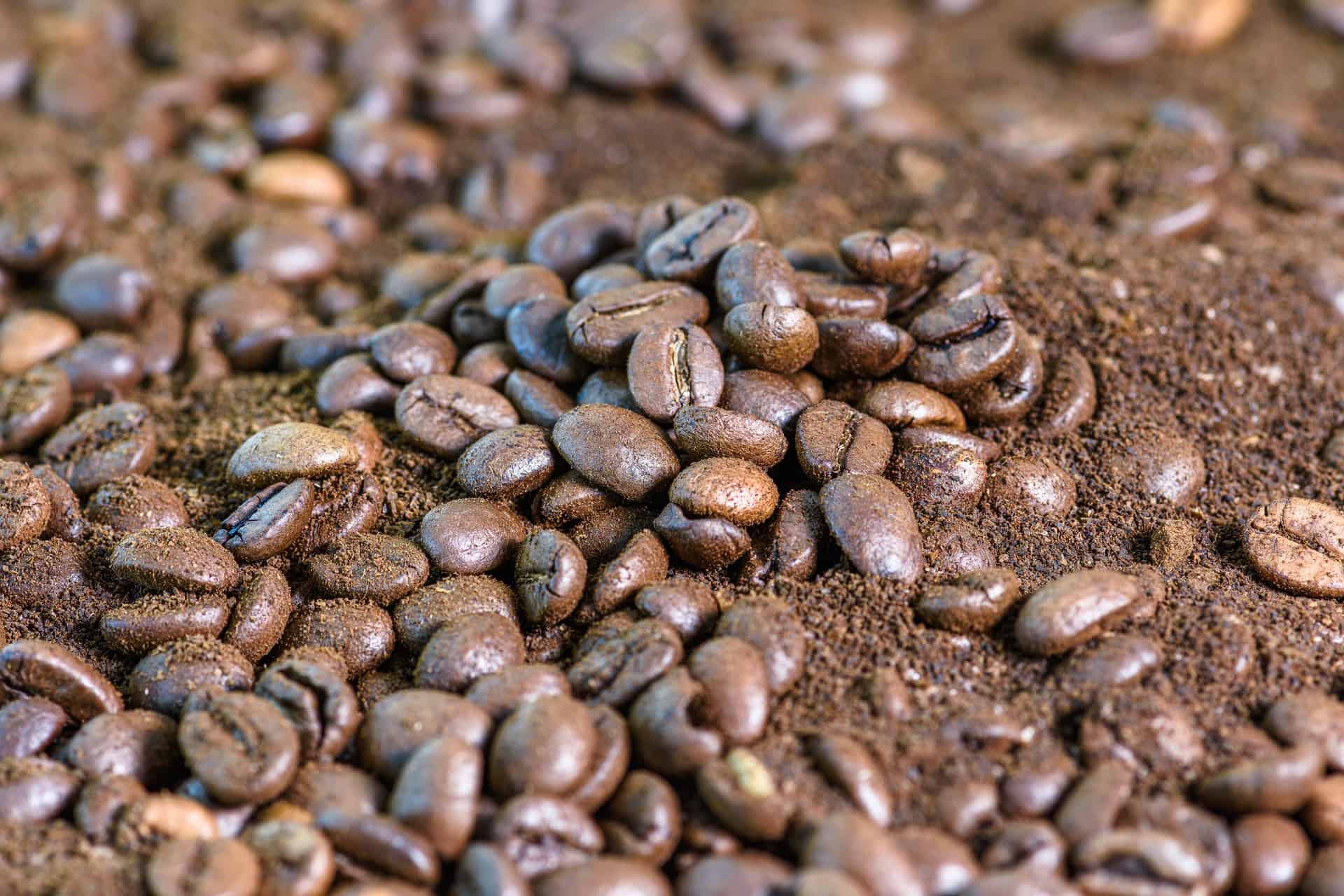
But how do these ‘algae batteries’ work? Second-year student and team member Sacha Dekker explains: “Photosynthesis involves electron transfer. The technology takes advantage of this process, using reactants to interact with the electrons in the cells. When these reactants leave the cell, they can react back at the anode, transferring the electron to the anode. This electron then travels through the battery to the cathode, where it reacts again, creating a current.”
One special feature of this technology is that it works both during the day and night. At night, when photosynthesis doesn’t happen, the algae burn their sugars, which also involves electron transfer and can also be used to generate a current.and therefore provide electricity.
The team now aims to develop a market-ready solution. “Looking ahead, we plan to recruit new members, aiming to set up and experiment with fresh ideas for the coming year”, Calderon and Dekker conclude.
Sustainability support fund
Every year, different parties award a prize to the students participating in the TU/e Contest. Steunfods duurzaamheid, a sustainability support fund, sponsored the Planet category. The fund encourages students to think about a greener future. E-set was this year’s winner.
Biodiversity in urban areas
Team EDEN is also fully committed to a greener future. Gijs Weevers, a third-year student in Industrial Design at TU Eindhoven, along with student Tobias Vische, started the project for the TU/e Contest. Together with the team they formed, they won the Mickocentrum Boost Your Tech Career Award.
The goal of their project is to address the decline in biodiversity, especially in urban areas. “In cities, it can be quite challenging for animals and insects, among other things due to the fragmentation of their habitats, and the significant amount of paving; there could be more well-suited green spaces. We focus on biodiversity in private gardens, but also consider other areas, such as industrial sites and campuses”, Weevers explains.
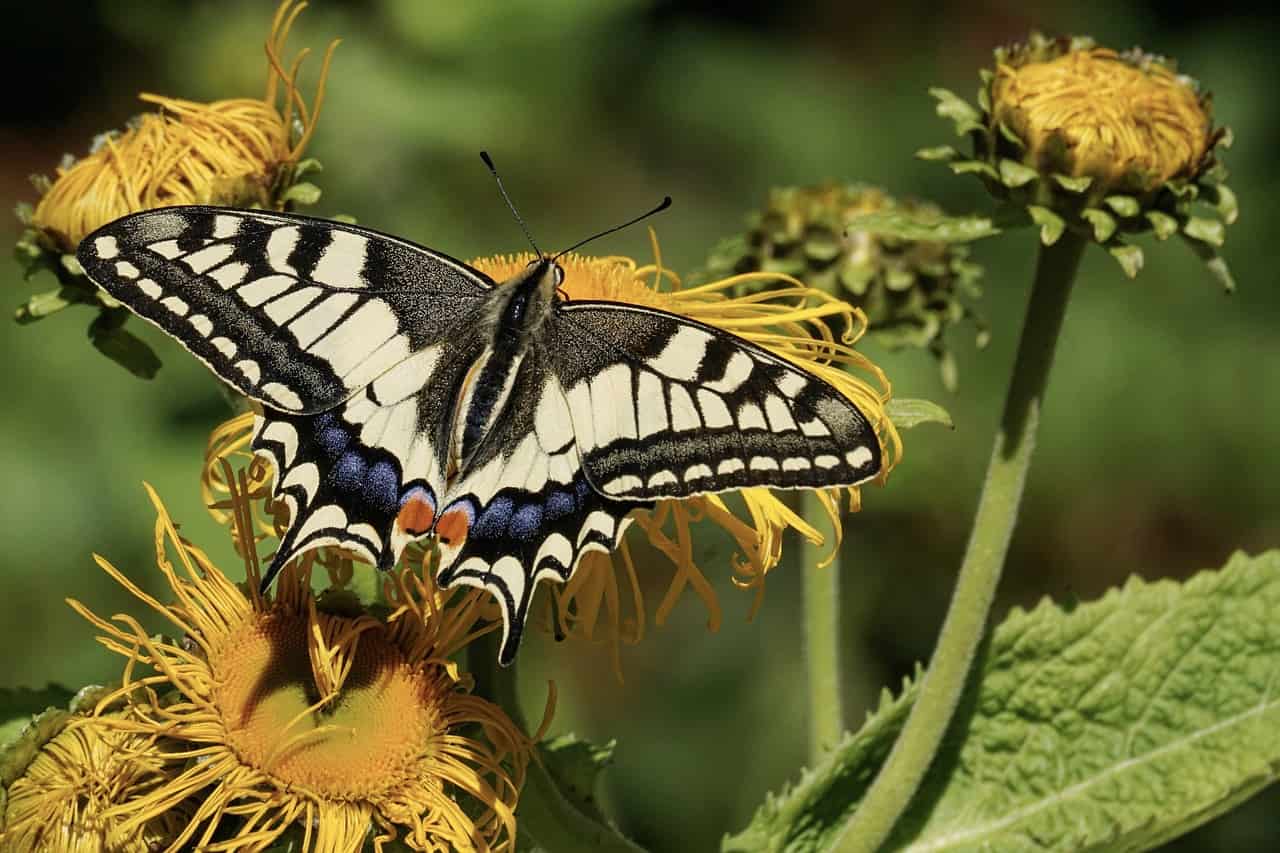
Specifically, the team wants to help people to bring some biodiversity into their gardens by offering them suitable native plants and guidance on planting and maintenance. The innovation lies in their platform, “which provides users with tailored plant selections that match the local environment and support local wildlife, this selection will be delivered at home”, says Weevers. “In this way, we aim to make the process of creating biodiverse gardens easier and accessible to everyone.”
The project is still in its early stages, but Weevers already has ideas about how it will shape up. He explains: “Via the website people can provide the details that we need in order to generate the right recipe of plants, but also find other products that support the local wildlife. We already have a working prototype for the Eindhoven region.”
Weevers is confident that, with the existing team’s enthusiasm, plus the help of Mikrocentrum, the project will be propelled forward in the upcoming months.






